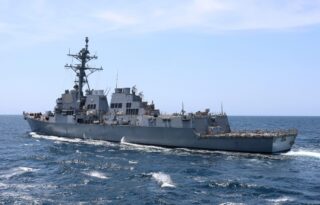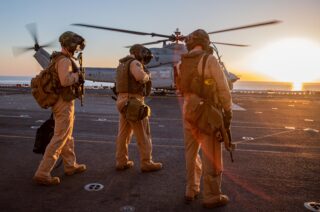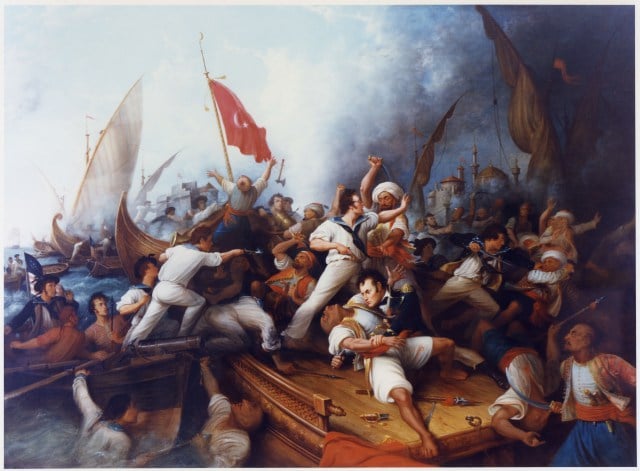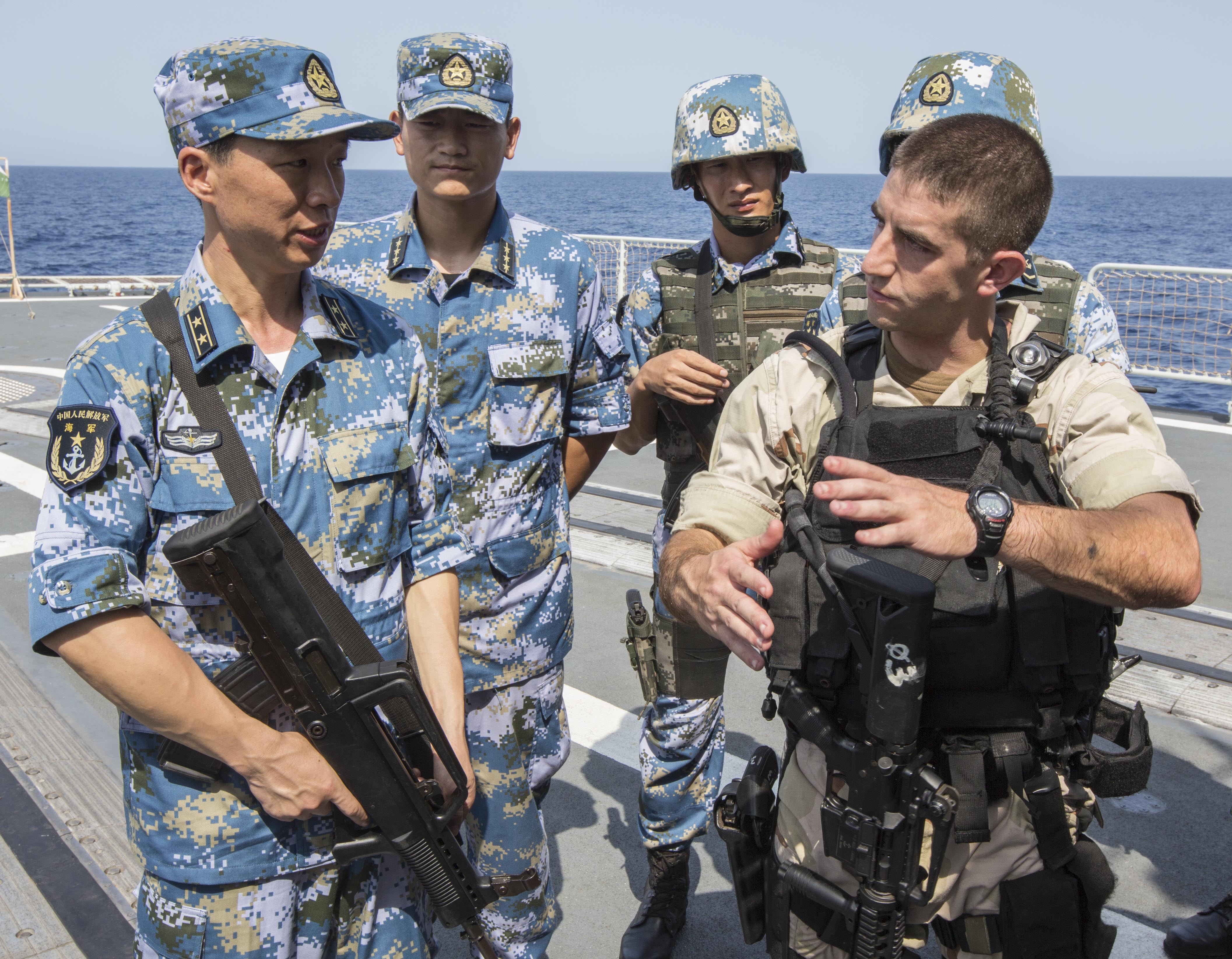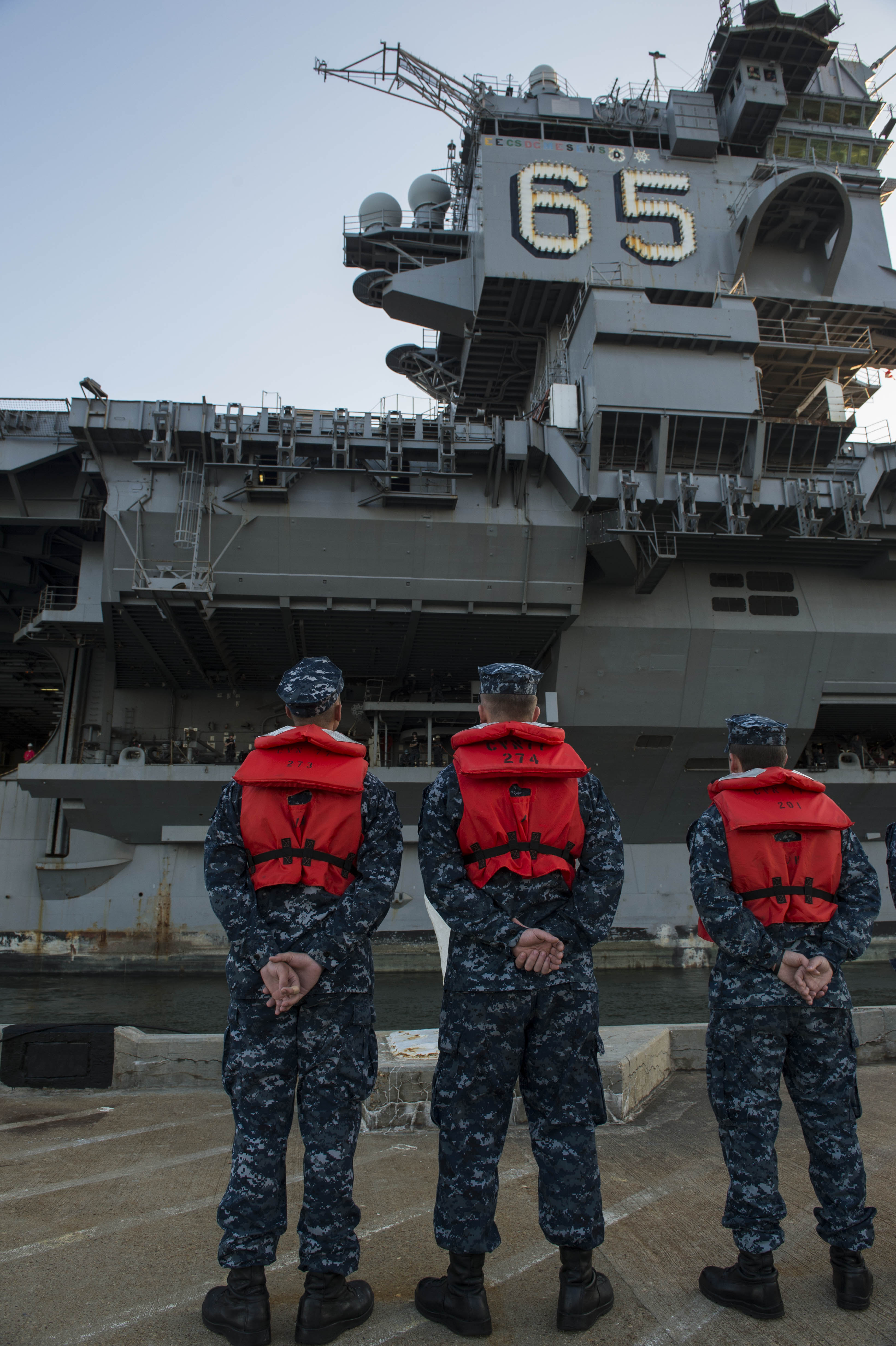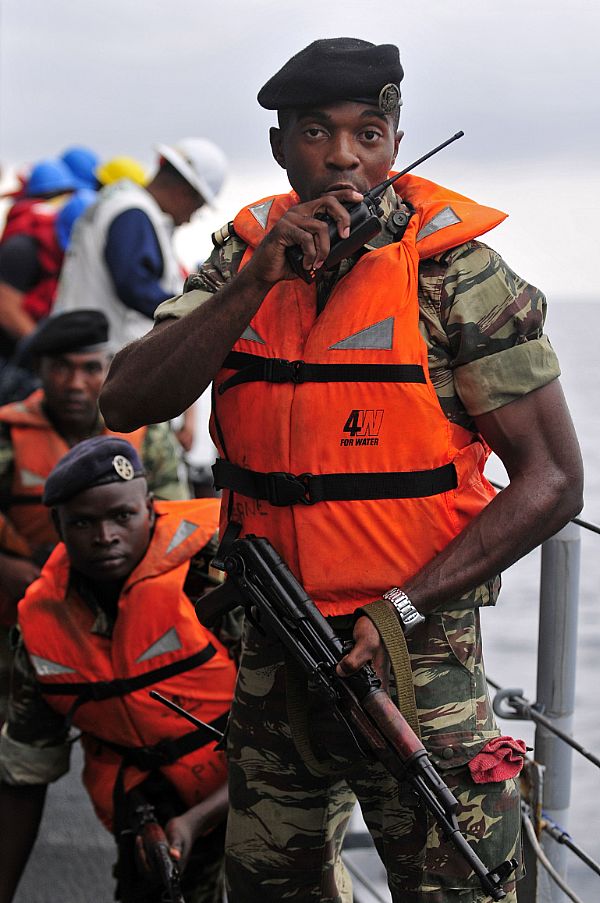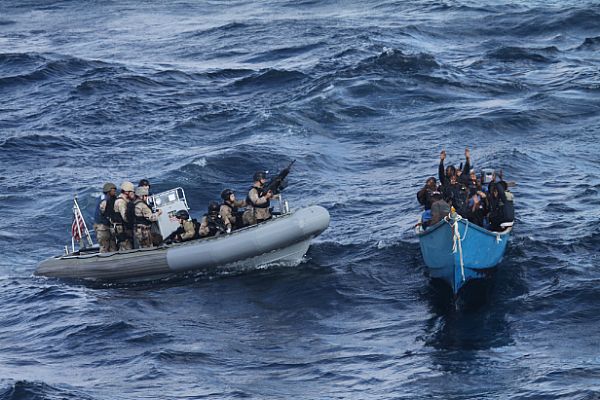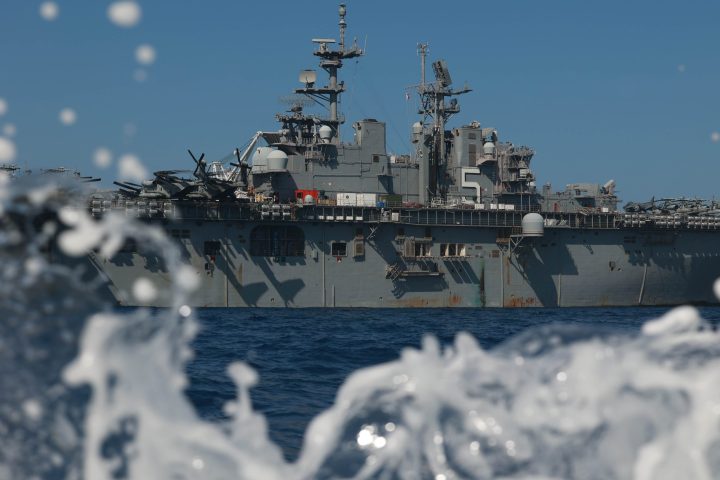
U.S. in Talks to Form New Red Sea Task Force to Guard Commercial Ships in the Red Sea, Says White House
The U.S. is talking with other partner countries to possibly set up a maritime task force to protect ships in the Red Sea, the White House National Security Advisor said on Monday.…

